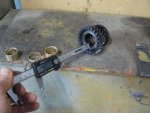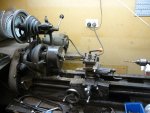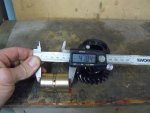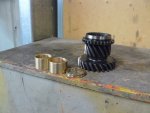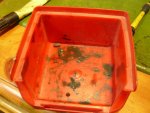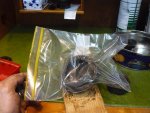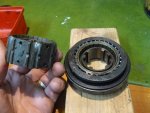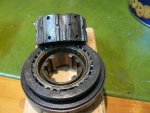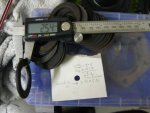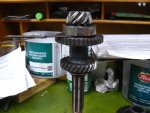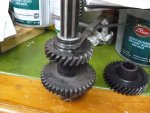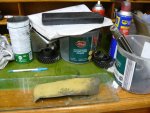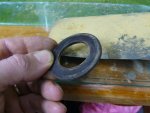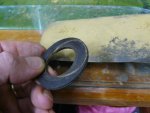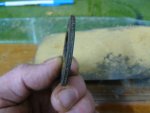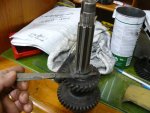Gee's this stuff is brilliant.... Id never heard of speedie sleeves until Gerry mentioned them ...
SKF Speedi-Sleeve
I bet there fun to press on without damage!.... Actually, I'm going to google that ....
Gee's how easy is that ... He even started with the sleeve sitting on there on a strong angle and just starts hammering And it didn't destory it!
And it didn't destory it!
seeya,
Shane L.
SKF Speedi-Sleeve
I bet there fun to press on without damage!.... Actually, I'm going to google that ....
Gee's how easy is that ... He even started with the sleeve sitting on there on a strong angle and just starts hammering
seeya,
Shane L.

